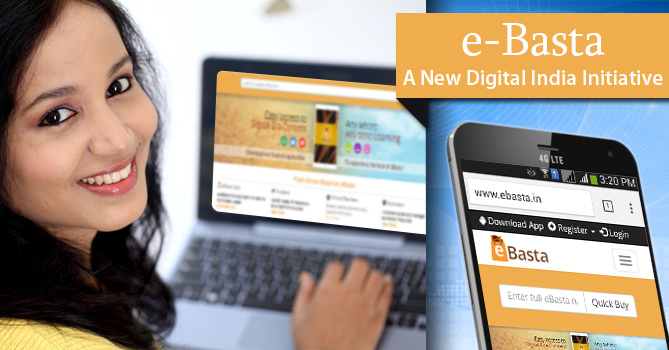The digital penetration in the Indian hinterland is growing silently but rapidly. Several initiatives taken by the government, NGOS, private social groups are now using technology for efficient delivery of a variety of services that is showing remarkable results.
India’s population now exceeds 1.21 billion with 69% of the population located in rural areas. Internet penetration is increasing with Mobile playing the major catalyst. Studies conducted by IAMAI reflect some interesting patterns. 90% of those accessing the internet were using it for entertainment, 80% were using it for communications, 67% for online services, 65% for e-commerce and 60% for social networking. The number of Internet users in rural India is estimated to cross 85 million by June 2014 making India the world’s second largest market for Internet users. All these put together is now changing attitudes, awareness and lifestyles in rural India. A decade ago, the awareness, information and knowledge gap between the rural youth and his urban counterpart was significant. This has now rapidly narrowed and the gap is closing.
In any developing economy, the success of any social development initiative depends on not only the government’s involvement but active participation from both the private sector, as well as, people themselves. India is continuing to demonstrate several success stories that can lead to other initiatives by various interest groups. Bottom line: people participation.
The use of Digital technology to better lives is now beginning to unfold in the Indian hinterland. Some of the interesting experiences come from the Rural Health Connect initiative of NewDigm Healthcare Technologies. They have taken the initiative to utilize the large pool of Village Health Workers (VHW) that provides a wide variety of health care support to the last mile areas of rural India. Creating a mobile platform to collect, streamline, analyze, offer medical advice and the next course of possible action to the VHW. The results are well documented. In a field trial conducted with the National Rural Health Mission, Tamil Nadu saw 95% pregnancies registered and monitored, 20% reduction in outpatient costs including drugs, 75% VHWs registering an increase in diagnostic efficiency and ease of operation. In the next three years, the target market penetration is going to significantly increase with its impact on both healthcare and rural incomes.
Google has launched an initiative to introduce women to the internet especially those in the rural areas. They have launched a website ‘Helping Women Get Online’. They have partnered with leading companies like Hindustan Levers, Axis Bank, Intel, Johnson & Johnson, Shaadi.com, Babyoye & iDiva. The website offers a step-by-step guide to computer basics, internet skills, chat & email and watching videos online. Each topic has different topics ranging from how to start and shut down your computer, how to create an email account. In addition, the site also offers information on a variety of topics such as cooking recipes, childcare, financial, healthcare, maternity, relationship and style & beauty. They also offer a Toll-free helpline.
Another initiative from Human Welfare Association called Mahila Shakti. HWA works with underserved, disadvantaged and minority communities in the Varanasi area through education, literacy and livelihood by using personal contact programs, group meetings, SMS, education hubs etc. Their other well recognized projects are PES Project, Global Fund for Children, e-NGO National Program and Rajiv Gandhi Foundation amongst others.
Launched in June 2000, ITC’s e-choupal initiative has emerged as the largest internet based intervention in rural India, reaching out to 4 million farmers in over 40,000 villages through 6,500 internet kiosks. The initiative leverages technology through internet kiosks managed by farmers themselves and providing all relevant information to the farming community covering weather, market prices, information on best farming practices and risk management, while providing all information to facilitate sale and optimizing farmer profitability. A fact that the rural farming community has wholeheartedly accepted and adopted best practices using technology has shown its impact and success on rising agricultural production and income.
Those of us in urban areas often desire to reach out and do something that can make a difference to someone’s life but never get around to taking that first step. It just may be a great idea to take inspiration from the above and see what you could offer based on your time, talent and skill set. Technology can help you reach out to a larger number more efficiently. Remember we all have something positive to offer we just need the right platform.




